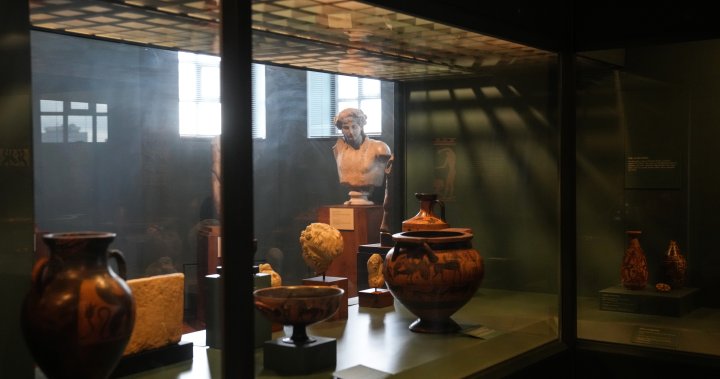In the heart of Toronto’s cultural district, an unexpected technical failure has temporarily shuttered one of Canada’s most prestigious institutions. The Royal Ontario Museum (ROM) announced an emergency closure Tuesday morning after a mechanical system malfunction impacted the facility’s operations, disappointing thousands of would-be visitors during the peak summer tourism season.
“We regret to inform visitors that the ROM will be temporarily closed due to an essential mechanical systems issue,” read the museum’s official statement released across social media platforms. “Our facilities team is working diligently to resolve this matter as quickly as possible.”
According to ROM officials, the nature of the malfunction involves critical climate control systems that maintain precise temperature and humidity levels required for the preservation of priceless artifacts. While the museum hasn’t specified which collections might be at risk, conservation experts routinely emphasize that fluctuations in environmental conditions can potentially damage sensitive materials including ancient textiles, paper documents, and organic specimens.
The timing couldn’t be more unfortunate for the world-renowned institution, which recently unveiled its summer blockbuster exhibition “Treasures of the Ancient Silk Road,” featuring rare artifacts on loan from multiple international museums. Visitors who had pre-purchased tickets for the affected dates will receive automatic refunds, according to the ROM’s website.
This disruption follows the museum’s recent attendance milestone, having welcomed over 1.3 million visitors in 2023, marking a post-pandemic recovery for Toronto’s tourism sector. The ROM, which houses more than six million artifacts spanning art, culture, and natural history, serves as both a major research institution and one of Canada’s premier cultural attractions.
“We understand this closure impacts many visitors’ plans, especially those traveling to Toronto specifically to experience the ROM,” said a museum spokesperson. “Our priority remains ensuring the safety of our collections while restoring normal operations as swiftly as possible.”
Industry experts note that major museums like the ROM maintain sophisticated backup systems precisely to prevent such failures. “Modern museum infrastructure includes redundant climate control systems,” explains Dr. Eleanor Chapman, a museum conservation specialist not affiliated with the ROM. “When these fail simultaneously, it typically indicates either a significant power issue or a more complex mechanical failure.”
The museum has not provided a specific timeline for reopening, stating only that updates will be posted to their social media channels and website. This uncertainty leaves tour operators and local businesses that benefit from museum traffic scrambling to adjust their offerings.
As Toronto continues establishing itself as a global cultural destination, the temporary closure of one of its flagship institutions raises broader questions about infrastructure investments in our aging cultural landmarks. In an era of climate uncertainty and increasing technological complexity, how can we better safeguard our irreplaceable cultural heritage while ensuring these institutions remain accessible to the public?










